Ali Cobby Eckermann-“Fish Trap”
The artist I choose is Ali Cobby Eckermann. She is a Yankunytjatjara artist from Koolunga, Northwest of Clare, SA. The sculpture Ali Cobby Eckermann made called “fish trap”, stood out to me a lot. Ali Cobby Eckermann is a famous Indigenous author of a few highly praised publications. She is known for sculpting and making art from recycled wires. Ali Cobby Eckermann’s art mostly refers to both her indigenous heritage and personal history.
“Fish Trap” was a very important highlight because the story is a very deep, and it is very hard to understand the meaning if you are not aware of the Indigenous history. In this piece of art I saw two colours; black and white, I feel that this represented Australia in the 18th and 19th century when racism was very common. It was when the government and its people did not treat the Indigenous fairly, so there was two sides; black and white. The Aboriginal and the Torres Strait Islanders fought for their land rights and freedom rights. They tried regaining what had been theirs for years
I think that’s it’s called the “trap” because in the past, the aboriginal and Torres strait Islanders were killed in a trap the Europeans set, Killing all the ladies, men and children. The Indigenous people came in the thought of negotiation with the Europeans. It is known for the soldiers to surround the area and slaughtering the Indigenous.
My interpretation of this art work may not be right but it is representing a lot about the history of the Indigenous Australians and the horrors they faced. And I think that this should be something that everyone should know in our community and our nation.
By Tara H

